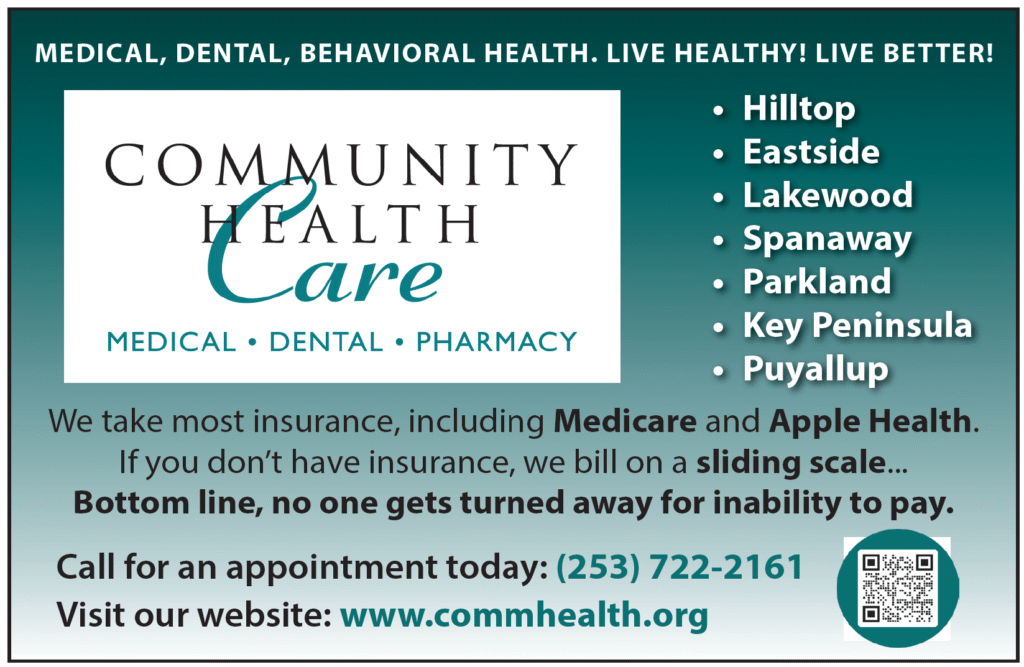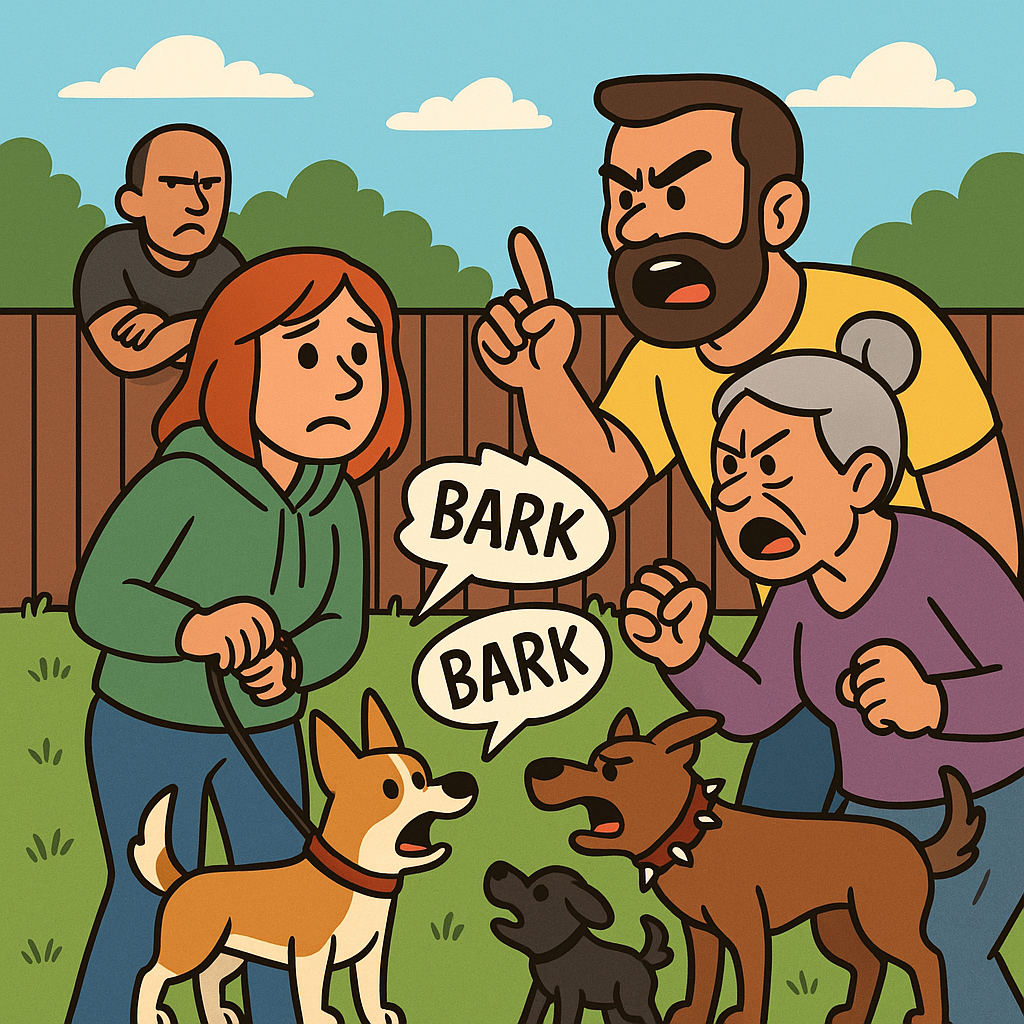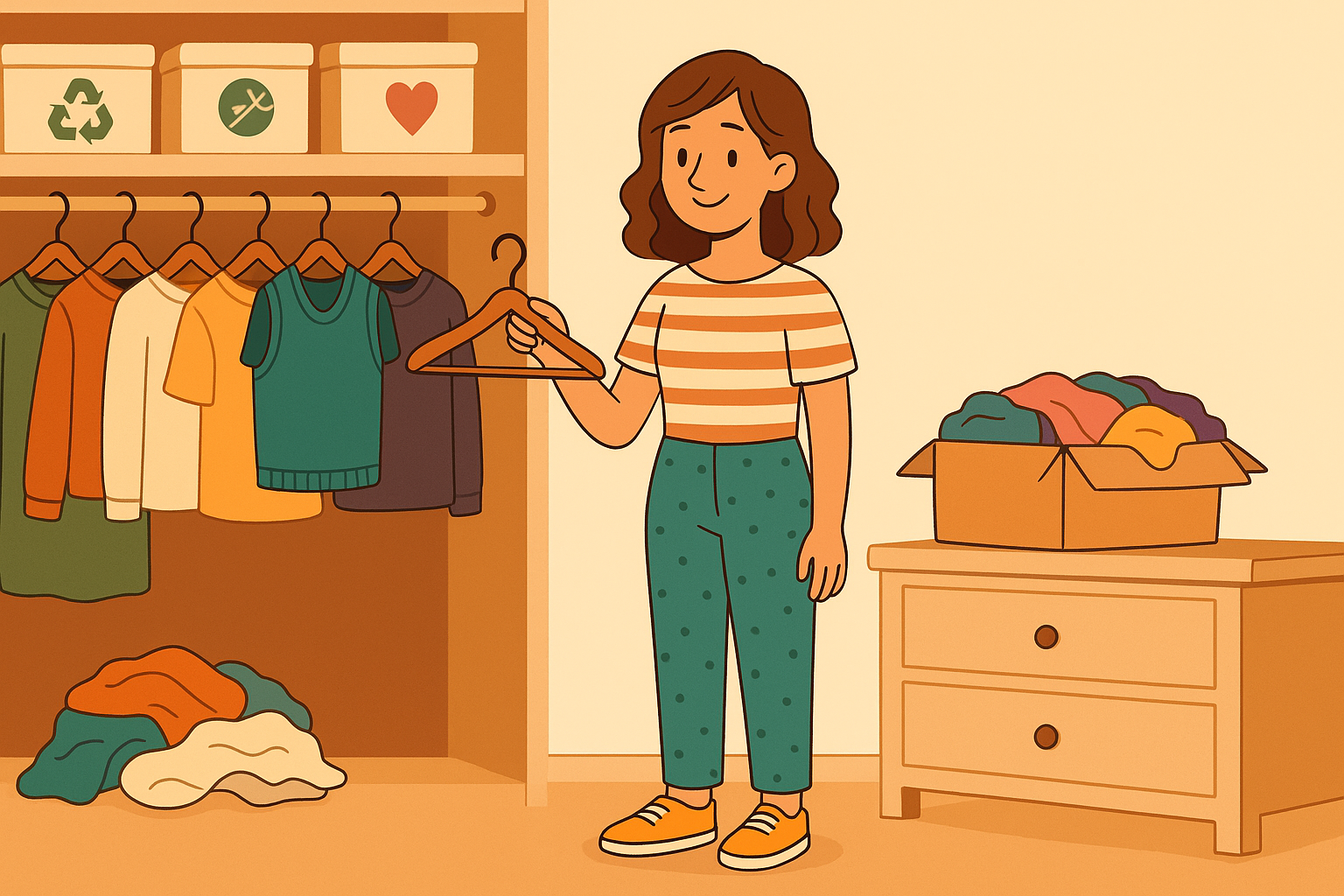BY AARDE WRITES for WEEKLY VOLCANO 10/17/25 |
Hey Aarde,
Lately, the dog park’s been kind of insane—people are straight-up anxious. Like, tense. I’m just trying to walk my dog and mind my business, but I’m constantly on edge. Half the dogs are bouncing off the walls with no training, and their owners are either totally checked out or watching everyone like they’re expecting a fight to break out any second. Then there are the random people without dogs who just sit around glaring like they hate everyone. It’s weird.
Last week it really popped off, with some guy and a woman yelling at each other so badly I actually thought, “Cool, someone’s about to pull a gun over a dog park spat.” It was that serious. All the dogs started freaking out, barking like crazy and feeding off the energy. Super uncomfortable. Not a fun time. I don’t want to get involved in drama, but I also don’t want to feel unsafe just trying to get my dog some exercise.
Like, what can I even do in situations like that? How do I keep things from spiraling without putting myself in a sketchy spot? I’m literally just trying to walk my dog, not survive an episode of Cops.
Signed,
Dog Drama
Hey Dog Drama,
I, too, have noticed some riled-up folks almost everywhere I go—which makes sense. The state of the world itself is on high alert. Not everyone has the skills or tools to balance their anxiety levels, and unfortunately, dogs can pick up those frequencies very easily, causing more stress than it’s worth. Let’s all admit that adults fighting in public spaces is always worrisome and can become dangerous very quickly. Your concern about the normalcy of feeling scared while people are loudly threatening each other is totally justified. Knowing some different ways to approach a tense situation like this can be helpful.
First off, you don’t have to be a hero and step in if you don’t feel safe or comfortable doing so. Your safety is the most important thing, so trust your instincts and ensure you have an exit plan whenever a violent situation arises. You might have noticed that most parkgoers quietly slip away onto a meandering trail or toward a part of the park farther from the drama. Most people don’t want to get caught in the middle of humans who are perpetuating anger or violence. Being a community helper can put you in danger at times, so you must be swift when weighing the risks before interjecting yourself. Sometimes a bystander can stop a fight simply by being present as a witness, calling out a directive to stop, or announcing or showing that they are calling the police.
Regarding unattended, aggressive dogs approaching you in a dog park, you can be prepared by bringing an umbrella, whistle, air horn, bag or jacket, or dog deterrent spray, and always have your cellphone when you visit the park. You can use these items to place between you and an aggressive dog or to call for help from the dog’s owner or someone nearby to distract the dog. Having high-value treats for emergencies is always a good idea. You might be able to distract the aggressor by tossing treats away from yourself or another victim (dog or human).
Become your dog’s protector by stepping in front of it, offering it a shield to stand behind, or providing a space between your legs for it to go. This action will help your dog feel safe while you decide on your exit strategy. If an aggressive dog approaches your leashed dog, some trainers suggest dropping the leash altogether or moving your dog behind you and slowly walking away without tightening the leash (which causes tension in body language). Make yourself appear larger by raising your arms and firmly telling the dog, “No, go away.” Look for and direct the owner to collect their dog immediately.
Distinguishing between playing and fighting is not easy. You should be concerned if a dog isn’t backing off while the other is clearly trying to submit, as this can be considered a dog in attack mode. Never put your face or hands near the mouth of an aggressive dog. Vocal dogs aren’t always aggressive, even though their barking can sound scary. Turn the volume down and try to watch their body language. Often, play is bouncy and wiggly, with bowing, bending knees and elbows, and tongues hanging out as they bound around. It will look reciprocal, with the dogs trading off who is winning and who is submitting, both approaching each other willingly.
If you or another dog owner is uncomfortable with the level of intensity in the play, call your dog, leash it, and remove yourself and your dog from the situation, redirecting to another area of the park or playing a different game.
Public dog parks are not suitable for untrained dogs. If your dog needs training, do it at home or at a training facility until you are confident you can join a public group. Always avoid issues by keeping a distance from other untrained attendees when you determine they are incapable of controlling their pet. If you are training on leash at a dog park, announce to people approaching that you are training and ask them to call their dog (they should be able to recall their own pet for safety reasons). This is a community effort to train and keep all of our pets safe by following protocol.
Rule #1: You must stay calm. Dogs read our body language and the energy we give off. If we panic, they panic. If you see another human panicking, encourage them to calm down—they are only making it worse.
Rule #2: Do not look a dog in the eye; instead, turn your body away to appear less threatening.
Rule #3: Do not run; staying still and calm will lead to a bored dog more than anything else.
Rule #4: Do not make high-pitched sounds; this will only increase the predator-prey instinct in the dog.
You and your dog deserve peace and safety. Always be prepared, remain calm, and listen to your gut.
Got a question? Need advice? Email jdaarde@gmail.com






